October 21, 2025
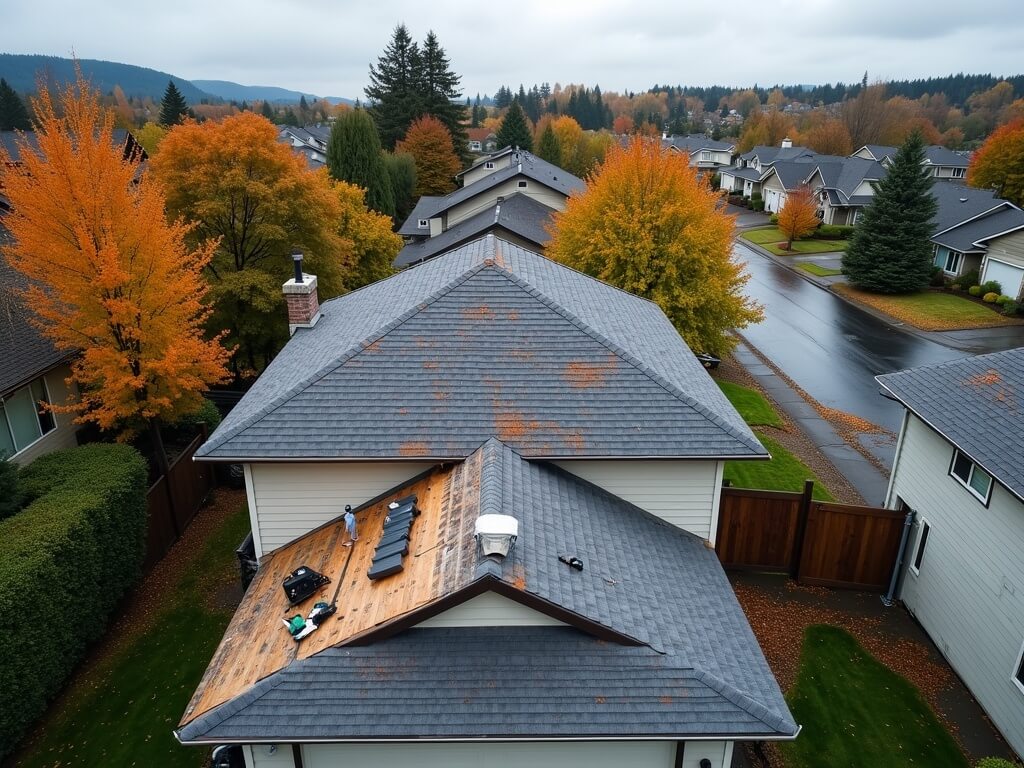
Let’s say you’re staring up at your ceiling in October, wondering if that subtle water stain is new—or if it’s just the one your kid spilled juice near a year ago.
Here’s the truth: Fall time roof replacement in Corvallis, OR isn’t just convenient, it’s a smart tactical move homeowners should plan for, not stumble into when it’s too late.
The fall months offer a perfect storm—just the good kind—for getting your roof replaced before the real Pacific Northwest storm season shows up and tests it.
Here's why I recommend scheduling your roofing contractor while the leaves are still coming down—especially in Corvallis.
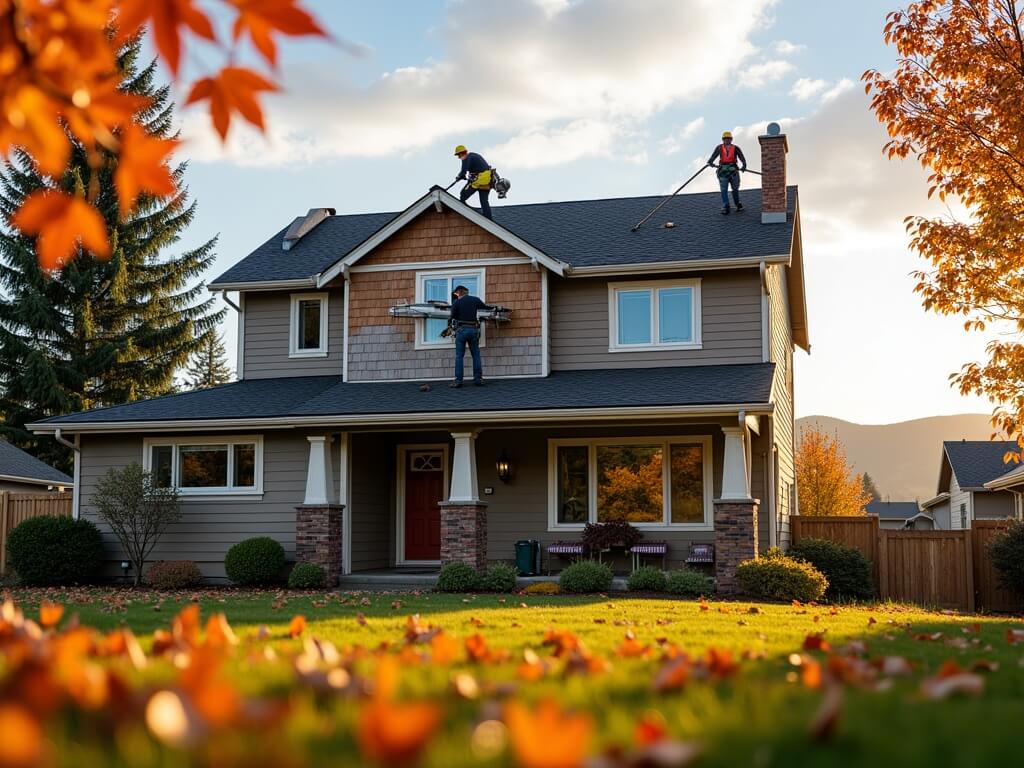
Ask any contractor in Oregon what the best months are to tear off and replace a roof, and you’ll hear it over and over: fall wins.
Why?
In Corvallis, you’re typically looking at dry stretches between September and early November—which is enough runway to get the job done clean and fast.
And if you wait?
Once the rain hits full-force, everything slows down.
Materials get harder to handle. Days get shorter. And let’s not forget—roof leaks don’t wait for convenience.
One homeowner I worked with last year pushed off their replacement until mid-November. By December, they had ice damming, a leaky skylight, and mold on the attic insulation. We ended up needing to re-deck half the roof due to hidden rot.
The fix was doable. But if they’d locked it in just weeks earlier in September, it would have been a clean, simple job—and a lot less stress.
Pro tip? Don’t wait for a leak to appear. If your roof is over 20 years old, fall is your ideal window to replace it on your terms.
Here’s something homeowners often skip: permits.
Replacing your roof in Corvallis? You need a permit. Period.
Every roof replacement—residential and commercial alike—has to meet local structural, environmental, and safety standards. If your roofer tells you, “Eh, we skip those to save time,” stop the job immediately.
Not having a permit could:
Thankfully, most legit contractors in the area handle the permits for you. I’ve helped clients in Corvallis pull permits dozens of times, and once you know the system, it’s fairly routine.
But try to DIY it or skip it and you’re risking thousands—not hundreds—in damage control later.
Key takeaway: Make sure your roofer is fully licensed in Oregon and handles city compliance from day one.
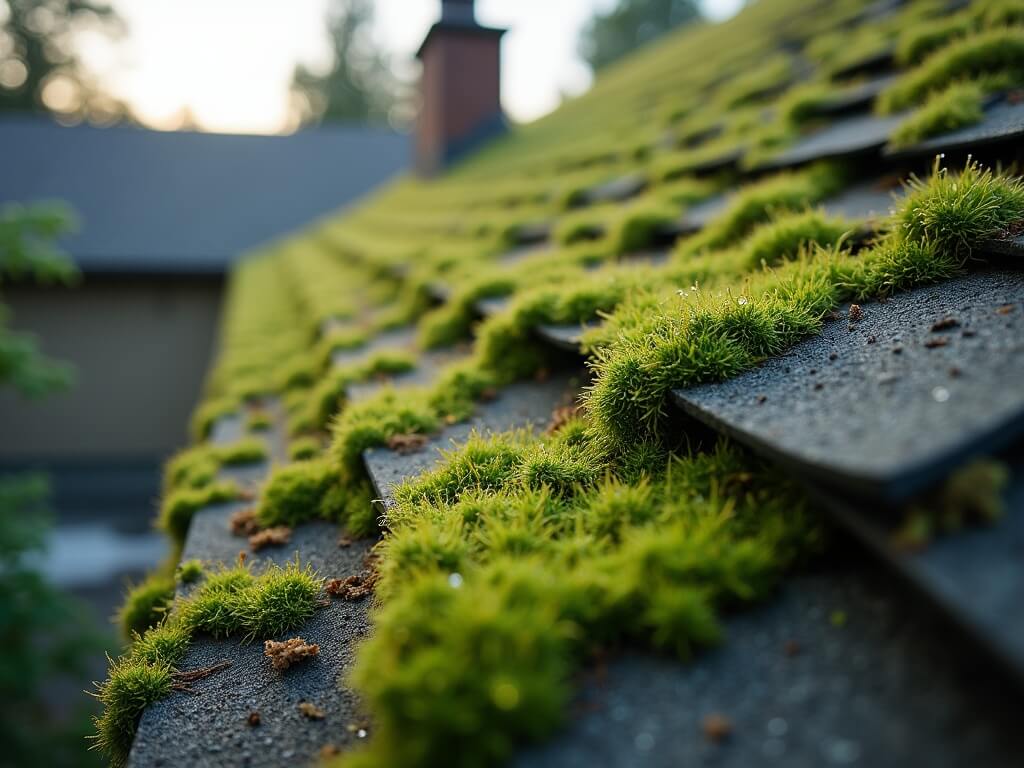
Downsides? Only one, really:
Sometimes, winter is your only option.
Maybe a tree came down during a storm, or a leak got out of control.
Winter roof replacement can absolutely be done—but it’s a whole different animal.
Challenges of winter roofing in Oregon:
That said, if you’re dealing with an emergency? You don’t wait.
We’ve replaced roofs in the middle of January when a chimney flashing gave out and flooded the attic. We used heaters, tarping, and staggered teams to get it done fast without compromising safety.
A smart winter roofing team will:
Key takeaway: Winter roof replacements are for urgent cases, not ideal planning. Fall gives you control, time, and better long-term results.
You don’t need to be a contractor to spot early warning signs.
If you’re seeing any of these, your roof is asking—maybe even begging—to be replaced:
For Corvallis homeowners, moss is a huge clue. Our damp climate fuels crazy moss growth, which leads to water retention and shingle rot.
After every major storm, it’s smart to do a visual spot-check or call in for a professional inspection.
Last year, a family for whom we did a replacement told me they’d ignored a small leak for two winters in a row.
By the time we got up there, the decking underneath had completely failed in two valleys of the roof. What could’ve been a midsize project turned into a full tear-off, deck build-out, and ridge vent install.
All because no one peeked inside the attic.
Simple rule: If your roof is over 20 years old, get it checked every fall—even if it looks “fine” from the street.
Next: Find out how fast your contractor can get the job done—and what to expect on Day 1 of your replacement job…
The morning your roofing crew arrives, things move fast.
By 8 or 9 a.m., the team usually starts staging materials, reviewing the plan, and securing your property.
I always tell homeowners this: A good contractor doesn’t just show up; they set up.
Here’s what gets knocked out right away:
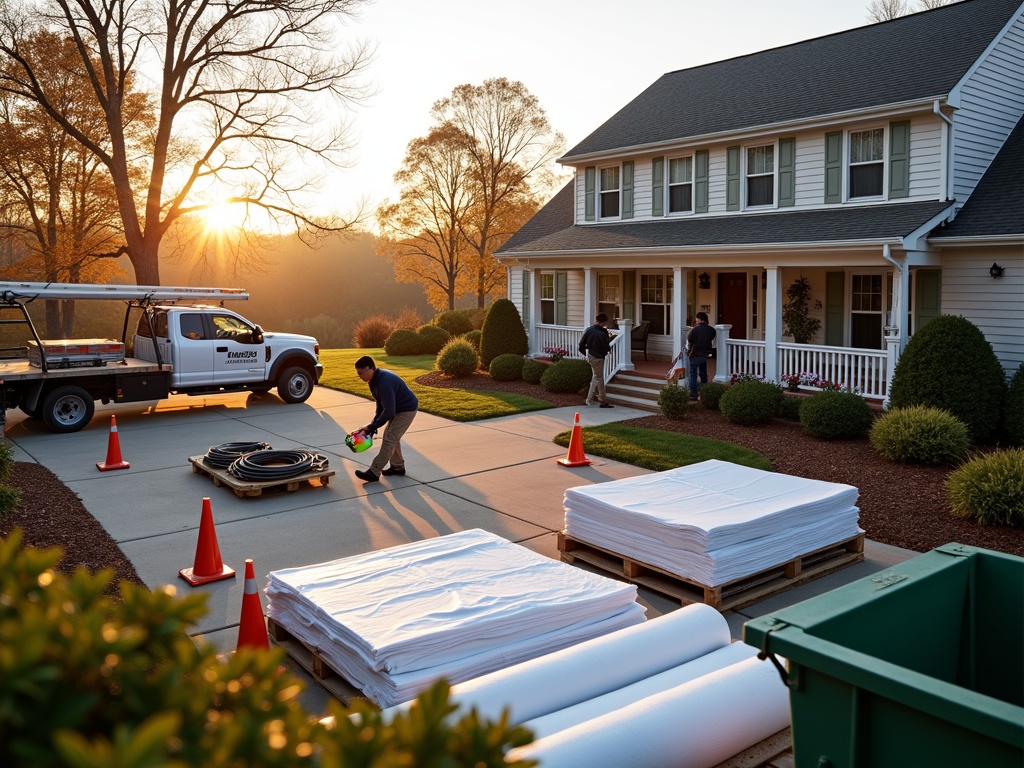
Most roof tear-offs begin within a few hours of arrival.
Once your old shingles are stripped down, the real truth about your roof is revealed.
These show whether your last roof was installed right—and what needs to be fixed before laying down anything new.
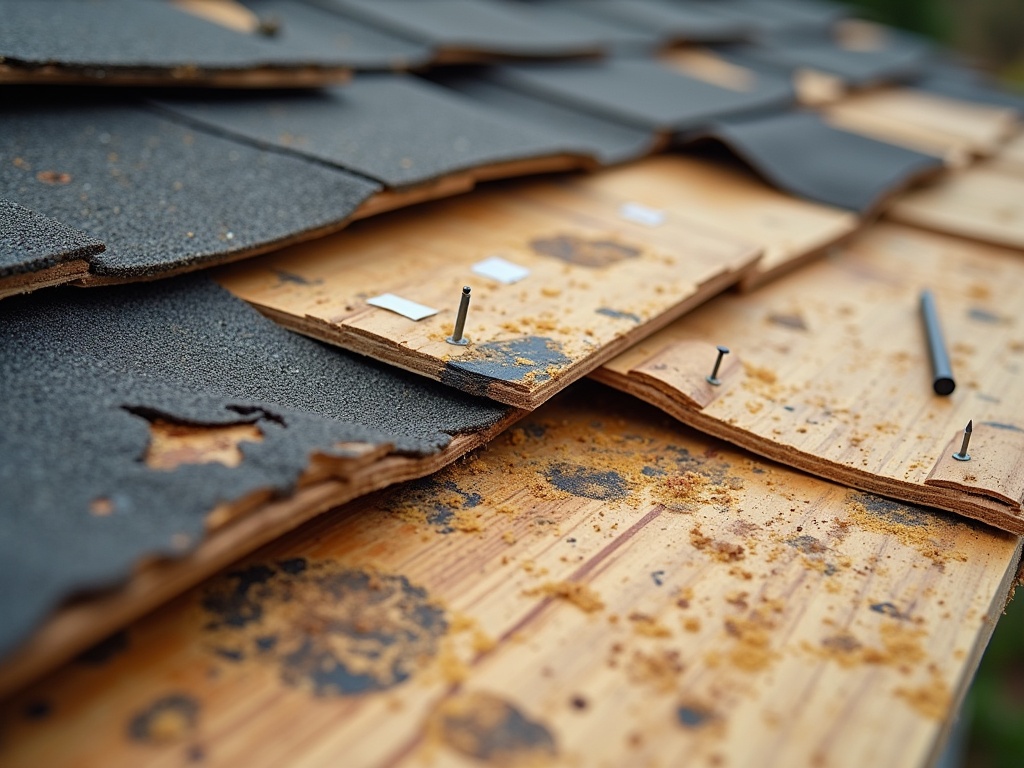
This is also the time when seasoned roofers shine.
I’ve seen shady crews cover over rotted decking. Big mistake.
We once showed a customer that their ridge vent wasn’t even cut through the decking—just installed over plywood. Zero airflow.
That’s why we always walk clients through what we find, right on the spot, and get approval before proceeding with structural fixes.
Key takeaway: A quality team won’t just “get it done.” They’ll show you what’s happening step-by-step—and make sure your investment delivers long-term value.
Back in the day, roof replacement was a basic swap: strip the shingles, lay new ones down, done.
But today?
You’ve got smarter, more energy-efficient, and more climate-ready options. Especially useful in Corvallis’s wet, moss-friendly environment.
Some updates homeowners are layering in during replacement:
One customer upgraded to high-vent GAF Timberline HDZs and was shocked how much drier and warmer their upstairs felt just one month later.
Key takeaway: Roofs today solve more than leaks—they can reduce mold, energy bills, and even climate strain. Ask your contractor what modern options make the most sense for your home (https://www.orezonabuildingcompany.com/blog-posts/choosing-best-roofing).
---A roof